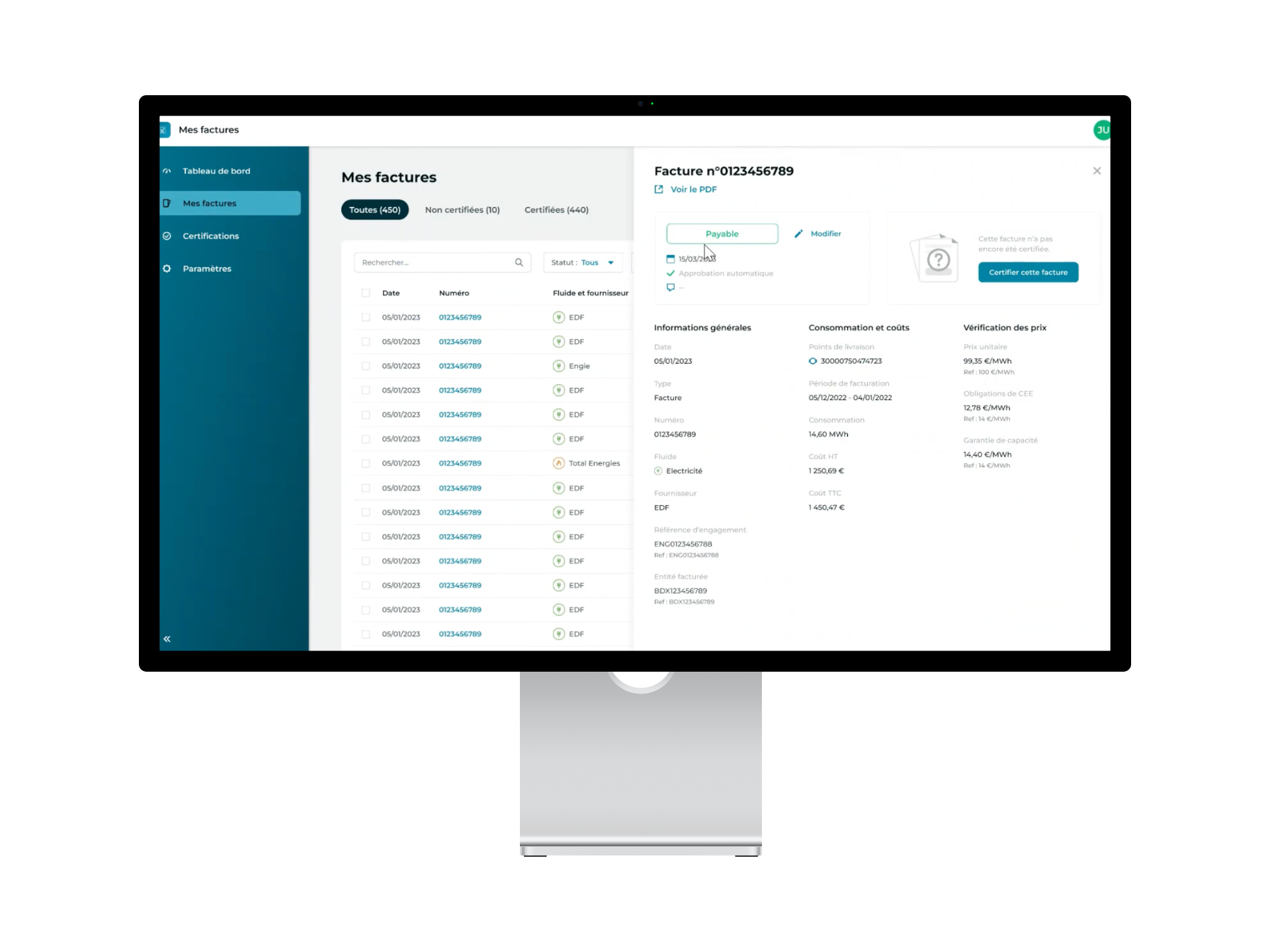Building Management System (BMS) is a computerized system that allows to supervise and control the different equipments of a building.
BMS systems are based on sensors installed at key locations in the building and organized in a network. They collect and transmit information about the equipment or the occupants’ uses. This data is then fed into a centralized system that supervises the equipment and controls it remotely.
The advantages of the BMS are multiple:
- Optimize the comfort of the occupants
- Ensure the good performance of technical installations
- Facilitate the detection of malfunctions and the maintenance of equipment
- Communicate useful information to the operator in a centralized way
Nevertheless, despite its many advantages, BMS still plays too little part in improving the energy performance of buildings. Too often, it remains limited to equipment supervision, focused on technical operating needs and occupant comfort.
How can BMS become a significant lever for optimizing the energy performance of buildings? How can the N’Gage platform, developed by Energisme, make the most of BMS data and increase their potential tenfold?
BMS: multiple challenges
What are BMS?
The BMS (also known as Building Management System) is a connected computer system designed to control, supervise and manage the equipment in a building:
- Heating, ventilation, air conditioning (HVAC)
- Plumbing installations
- Electricity distribution
- Building lighting
- Security (fire alarms, …) and safety (video surveillance, access control, …) installations
The BMS offers a global view since several systems or lots of the building are controlled by this centralized device. Conversely, we speak of BMS (Centralized Technical Management) when the digital tool supervises only one system or batch of the building, for example only the lighting or only the HVAC equipment.
What objectives does the BMS meet?
The installation of a BMS system in a tertiary or industrial building has 4 main advantages:
Anticipate breakdowns, improve building maintenance and increase the life span of installations
The BMS data allows to detect a drift, an abnormal operation on an equipment and to localize the problem to facilitate the intervention of a technician.
Maintenance operations are thus made more efficient. Indeed, with a BMS, you no longer need to schedule a monthly visit from a technician. You can adapt the maintenance contracts to your real needs and to the real state of the equipment.
Thus, the equipment requires less frequent interventions but also faster, since the system facilitates the detection of the problem. The BMS thus brings an additional benefit to the building occupants insofar as breakdowns are repaired more quickly.
Moreover, by intervening quickly on drifting equipment, you limit the risks of deterioration and extend the life of the equipment.
Optimize the comfort of the inhabitants
The BMS facilitates the control of the building’s comfort equipment. For example, you can control the lighting to adapt it to the needs of the occupants. In the same way, the system allows an intelligent management of heating, ventilation or air conditioning.
Building Management Systems also help to improve the safety and security of buildings.
Reduce operating costs
The centralized control of the building’s technical equipment and the regulation of systems according to the needs of the occupants contribute to limiting waste and reducing the operating costs of the building. From this point of view, as well as for maintenance issues, BMS appears as a profitability lever for operators.
Improving the energy performance of buildings
A priori, the installation of a BMS system favors the optimization of energy performance. The regulation of HVAC equipment and the control of lighting are sources of energy savings.
In addition, improved maintenance using BMS data helps to avoid drifting due to faulty equipment that would generate excess energy consumption.
However, a study by ADEME revealed that BMS systems only contribute significantly to energy savings. Although BMS contains a lot of information that can be used to understand the energy behavior of a building in order to optimize it, operators often limit it to the issues of building operation and occupant comfort.
In the tertiary sector, the Tertiary Decree sets regulatory targets for reducing energy consumption. The BACS Decree requires certain actors to implement an automation and control system. These regulations are intended to make BMS a lever for improving energy performance. However, it is important to prepare for this by adopting software solutions that promote energy efficiency.
How to transform your BMS into a lever for energy performance optimization?
BMS an under-exploited potential
Currently, the potential of BMS-BMS systems is under-exploited from the point of view of improving the energy performance of buildings, for 2 main reasons:
- The ergonomics of the BMS interfaces are not currently designed to easily access information to better understand the energy behavior of the building.
- The BMS data are not cross-referenced with other data sources in order to have a maximum of information to understand the structure of energy consumption and better control it.
In other words, BMS data is necessary and indispensable for optimizing energy performance, but it is not sufficient. To make them more readable and actionable, they must be cross-referenced with external and/or contextual data.
And, as it is, the information remains difficult to access for the stakeholders: asset manager, CSR manager, Energy Manager…
Connect the BMS to a software solution to increase its potential
When it comes to energy performance, BMS is not enough on its own. However, you can take advantage of your BMS data by connecting it to a data intelligence solution such as the N’Gage platform.
According to a CEREMA study, digitizing the BMS by connecting it to a platform such as the solution developed by Energisme, allows you to fully exploit your BMS and increase the potential savings, which can go up to 53%, compared to 10 to 20% without connection.
Indeed, a software solution considerably reinforces the control and the quality of the data. It allows to :
- Enhance the value of all the data from your PLCs by centralizing, standardizing and restoring them in a single platform: thanks to its rich library of connectors and its development capacity, N’Gage can take control and manage all the BMSs in your buildings.
- Centralize, record and analyze the building’s energy consumption data and adjust consumption according to the needs of the occupants, the activity or the weather.
- Collaborate and communicate with the equipment to control it remotely.
- Anticipate maintenance operations by cross-referencing your various data feeds with data from open data or influencing factors such as weather data.
- Locate the building’s energy efficiency in relation to reference values in order to identify energy saving opportunities, detect malfunctions and alert the people concerned.
- Increase efficiency and achieve greater savings. In particular, you will be able to control all your single or multi-site BMS systems more precisely from a single interface.
Hypervision of your BMS
The platform is capable of retrieving, processing and aggregating multiple data sources (PLCs, sensors, external data, etc.).
All these data (and not only your BMS data) are processed. They are made reliable and homogenized in the solution to facilitate their use by business experts.
This data processing favors the creation of performance indicators but also the implementation of malfunction alerts and remote control of equipment.
Finally, the platform acts as a controller of the BMS and prevents the risks of disruption. It ensures a hypervision of the BMS by reporting incoherent data, drifts and untimely operation. All the information useful to the stakeholders in energy optimization can be easily consulted from a single dedicated interface.
In addition, the platform provides the following feedback
- analysis of equipment operation to identify improvement levers
- alerts by criticality level to the right people at the right time
- Retro-commissioning of equipment prior to a renewal phase
- periodic reports automatically produced and transmitted
It allows you to go much further in the operation of your BMS: thanks to the prediction algorithms of the N’Gage platform, you can anticipate consumption and work needs, detect faulty equipment, monitor your EPCs…
You are fully committed to the optimization of energy performance and you comply with the regulations, in view of the deadlines of the Tertiary Decree and the BACS Decree. You can also create a dynamic digital twin of your building stock to perform real-time simulations and make the right decisions.
Do you want to prepare yourself to meet the regulatory requirements in terms of energy performance?
Do you want to make significant energy and financial savings on your building stock?
How about moving to augmented BMS with our software solution?









